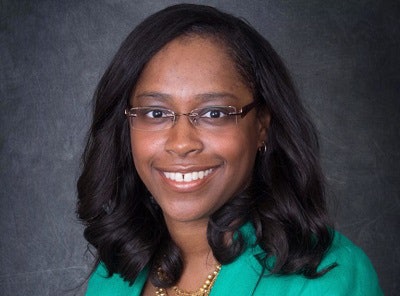Our country is going through a profound transformation. Whether superficial or substantive, we are seeing individuals and institutions typically not associated with acknowledging inequities beginning to do so. While still not universally embraced, there is a growing recognition that the Black Lives Matter movement cannot be ignored. This acknowledgement by some of the most unlikely individuals and institutions, like the National Football League, is a sign that change is afoot.
At first, the death of George Floyd and the incident with Amy Cooper left many of us in grief, anger, and depressed, wondering how long this must go on. For those of us with fathers, brothers, husbands, and children, the fear for them is constant and palpable. Watching the wave of demonstrations that is sweeping the country, it is clear that this is about much more than Black and Brown people dying at the hands of police. The cries to end structural racism, the need for greater economic opportunity, access to socioeconomic mobility are being heard across the country and the world. Fundamental changes in policies are necessary, and so is more equitable access to opportunities and more equitable outcomes for all marginalized groups.
Higher Education as the Great Equalizer
 Dr. Yves Salomon-Fernández
Dr. Yves Salomon-FernándezHigher education is often seen as the great equalizer, but we know that there are great disparities in success rates among different student groups. While people of color are entering higher education at the highest rates that they ever have, not all are completing. From slightly under 30% in 1996, students of color now account for nearly half of the total college population, according to the American Council on Education. Of those that complete college, their socioeconomic mobility and ability to build wealth are often impacted by their level of social capital, debt, and other factors. Still, college completion is critical to upward movement in one’s socioeconomic status. The number of jobs that provide a family-sustaining income without a post-secondary degree has been declining steadily over the decades. According to the Georgetown University Center on Education and the Workforce “two out of three jobs demand at least some education or training beyond high school.”[1]
Beyond degrees, our colleges and universities must help students imagine their lives after college. For first-generation students, especially, often they have few role models with professional careers and have limited information on the array of career paths available to them. They need more robust support from our career services offices, and they need mentors and role models. Beyond the academic supports that our colleges provide, students need the ability to work fewer hours so that they can focus on developing the kinds of social capital that will help them land their first job post-graduation. Data from the Georgetown Center show that 70% of full-time college students work. Moreover, low-income students, those of color, and women, on average, work more hours than their counterparts. Community college students also work more hours than their four-year counterparts.
What Our Country Needs from Higher Education
Most of us enter higher education because we want to make a difference. This is a resounding chorus in interviews. For those of us leading and stewarding institutions, regardless of our identities and where we sit in the hierarchy, we must ask ourselves what do our students, our communities, and what does our country need from us now? Over the last few weeks, I have been asking myself that question. While the American Council on Education reports that only 30% of college presidents are women, it also points out that “women are more likely to serve as presidents at institution types where they are responsible for overseeing educational outcomes for often marginalized populations of students, including post-traditional learners and students of color.”[2]
This is a moment for all of us to be audacious, to better understand the unique challenges that our students of color face and to examine how our institutions are advancing equity and contributing to better opportunities and outcomes for all students.
Dr. Yves Salomon-Fernandez is President of Greenfield Community College in Massachusetts.
[1] Carnevale, A.P., Strohl, J., Ridley, N., & Artem, G. (2018), “Three Educational Pathways to Good Jobs; High School, Middle Skills, and Bachelor’s Degree.” Georgetown University Center on Education and the Workforce. Retrieved on June 5, 2020 from https://cew.georgetown.edu/wp-content/uploads/3ways-FR.pdf.
[2] Howard, E., Gagliardi, J. (2018). Leading the way to parity: Preparation, persistence, and the role of women presidents. American Council on Education. Retrieved on June 5, 2020 from https://www.acenet.edu/Documents/Leading-the-Way-to-Parity.pdf





















